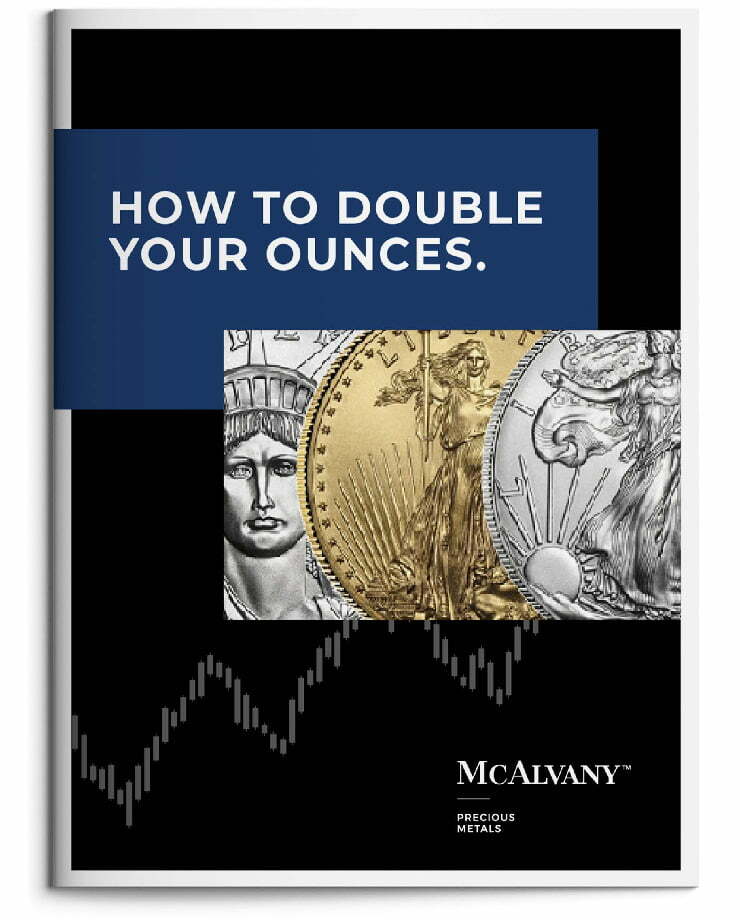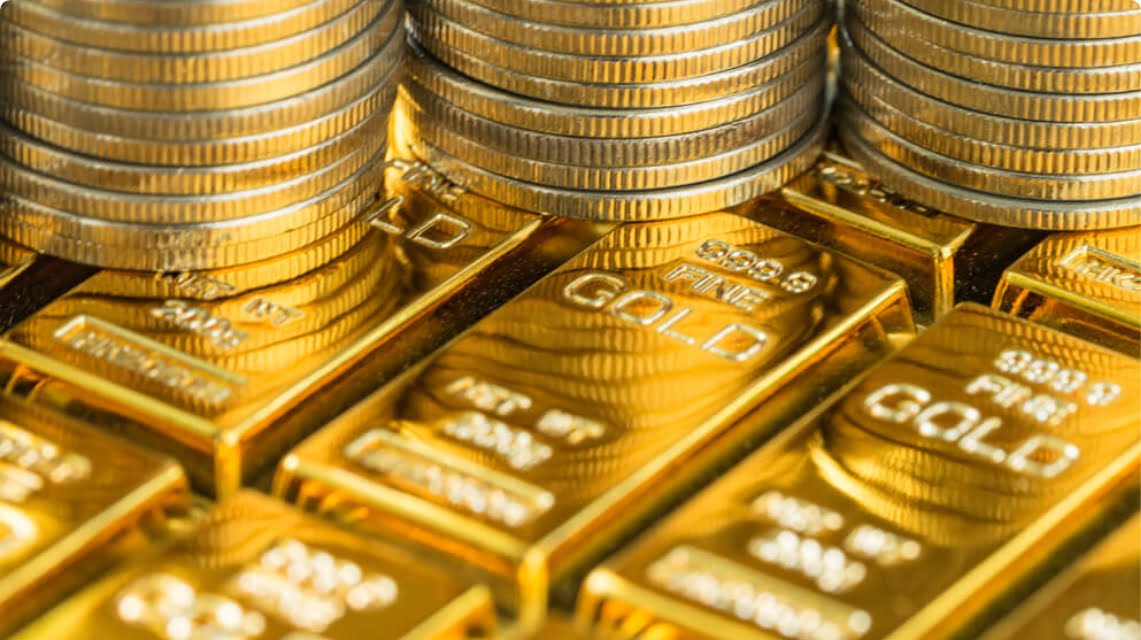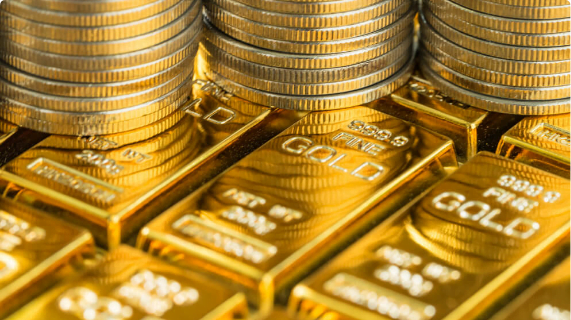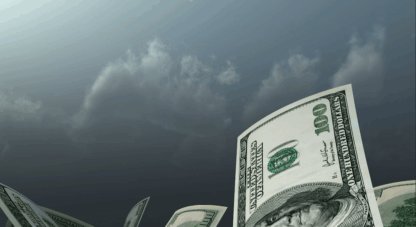While the MAGA base is rattled by the DoJ’s awkward handling of the Epstein matter, Trump—and most financial and geopolitical analysts—remain focused on other matters. So, too, the analysts below. America’s actions are causing its allies to show signs of distrust and possibly even realignment in some cases. Trump wants interest rates and the dollar much lower, but the steps he’s taking to do that are shaking the international economic order and causing much consternation among its participants. For many people, companies, and countries, these are unsettling times with immense ramifications. Be sure to avail yourself of the publications below each week for important developments and analysis.
Key Takeaways:
- A crisis of confidence has a cost
- Are tariffs inflationary?
- AI will be a major job killer
- Beware of scams among gold dealers
The McAlvany Weekly Commentary: Germany & Italy Want Their Gold Back
David McAlvany and Kevin Orrick anchor this week’s MWC with a sweeping discussion of monetary policy, geopolitics, and the enduring value of relationships. David highlights a growing signal of distrust in U.S. institutions as Germany and Italy request repatriation of $245 billion in gold, a move he frames as a barometer of waning confidence in the dollar amid fiscal and monetary pressures. The conversation pivots to central bank independence, with Powell’s recent actions and Trump’s pressure on interest rates raising concerns about the Fed’s credibility and the potential fallout for the dollar. Drawing historical parallels, David reflects on figures like Alexander Hamilton, William McChesney Martin, and Paul Volcker, emphasizing the delicate balance between political influence and sound monetary policy. The duo also explores the dollar’s precarious position, global market reactions, and a summer rally in equities that may belie deeper economic weaknesses. In lighter moments, David shares reflections from Nevis, blending personal anecdotes with themes of change and the fleeting nature of time. As always, the commentary balances market analysis with a reminder to focus on what truly matters.
Credit Bubble Bulletin: Tariff Man Returns and He’s Coming For Powell
Doug dives into a whirlwind week as President Trump escalates his trade war with sweeping tariffs, including a 50% levy on Brazilian imports and threats targeting BRICS nations. These moves, driven by political motivations unrelated to trade, are rocking global markets and pushing countries like Brazil closer to China’s orbit. Meanwhile, the Fed faces relentless pressure from Trump to slash rates, with Jerome Powell under fire and calls for “regime change” at the central bank growing louder. Markets, ever the short-term optimists, seem unfazed, with the S&P500 hitting an all-time high even as bond yields climb and inflation expectations rise. Doug critiques claims that tariffs aren’t inflationary, noting the Fed’s limited control over inflation amid historic credit bubbles and speculative excess. Elsewhere, global bond markets signal growing unease, and commodities like gold and silver shine as safe havens. Amid geopolitical tensions, including BRICS nations doubling down on de-dollarization and escalating U.S.-Brazil friction, Doug warns of uncharted waters ahead. As he puts it, the interplay of tariffs, central bank policies, and speculative markets is a high-stakes game where caution must prevail.
Hard Asset Insights: Letting the Thesis Play Out
This week, Morgan reports from the Rule Symposium in South Florida, where the focus is squarely on two unfolding theses: AI’s seismic impact on employment and the growing dominance of real assets over financial ones. AI’s job-killing potential is no longer whispered—leaders like Ford’s Jim Farley and Amazon’s Andy Jassy are openly warning of deep workforce cuts. A potential leap in U.S. unemployment to 10-20% could shake societal and financial foundations. Meanwhile, the hard asset thesis is gaining steam, with sovereign resource nationalism driving global competition for materials like lithium, nickel, and rare earths. Governments, including the U.S., are pivoting from financial instruments to tangible assets, signaling a shift from Treasuries to gold as the ultimate reserve asset. Weekly market performance reflects this trend: gold rose 0.86%, while silver, platinum, and palladium saw even sharper gains. As Morgan puts it, the stage is set, the thinking is done, and the “big money” lies in patiently letting these theses play out.
Golden Rule Radio: Gold Trends and Investor Traps
While market movements were relatively subdued this week—gold down 1% to $3,315, silver holding steady at $36.36, and platinum dipping 2.3% to $1,369—Rob, Tory, and Miles noted significant patterns. Platinum’s meteoric 45% year-to-date rise has slowed, forming a compressing pennant pattern, while gold’s trading range mirrors historical tendencies to extend sideways before decisive moves. The dollar’s modest 0.75% uptick highlights its inverse relationship with gold, with potential for long-term recovery despite political pressures for a weaker dollar. The heart of the episode, though, was a frank discussion on industry scams. The hosts armed listeners with key red flags: inflated premiums, misleading spreads, “exclusive” products, and celebrity endorsements. Stories of clients losing up to 86% of their investments underscored the importance of sticking to low-premium, U.S. Mint products and working with trusted advisors. Their advice? Prioritize transparency, avoid gimmicks, and focus on maximizing ounces at reasonable costs. As always, the team blends market insight with practical guidance, ensuring listeners are well-prepared to navigate the metals landscape.















